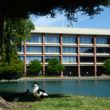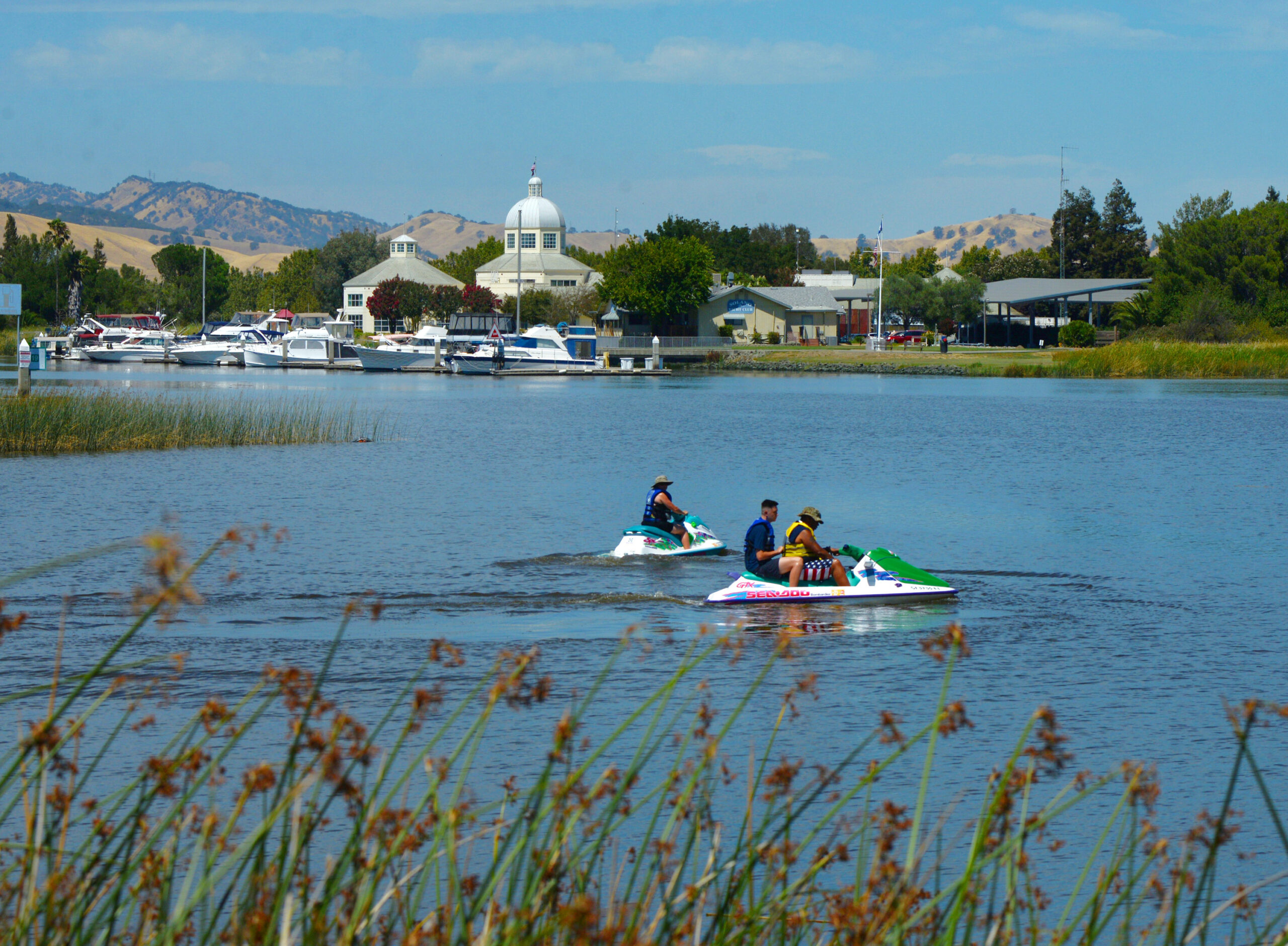DIXON — It was going to be called Dicksonville after pioneer Thomas Dickson, who donated 10 acres of his property for a railroad depot, but a merchandise shipment in 1872 misspelled the name as Dixon.
Almost two years of trying to have the town formally named Dicksonville ended n 1874 when the county recorder filed the name Dixon on new maps. Dixon was a simpler name, he said.
The town’s agricultural heritage draws from some of Solano County’s most fertile soil where farmers grow everything from tomatoes to alfalfa, ranchers run cattle and sheep, and orchardists grow almonds and walnuts.
The annual May Fair, which began in the late 1800s and is the longest continually running agriculture fair in California, helps keep Dixon’s farming heritage alive.
Solano County has a 548-acre area zoned for agricultural services next to Dixon. This area is to be home to processing plants and other businesses that help the farming economy.
Dixon has become more suburban in recent decades, with subdivisions swelling its population of commuters who travel to Davis and the Sacramento area to work.
The city, which was incorporated in 1878, has 19,390 residents as of the latest census update, of which 40 percent are Hispanic of any race. Of the non-Hispanic population, 49 percent are white, 3.1 percent black, 3.7 percent Asian, 5.5 percent two or more races and the remainder Pacific Islander and other categories.
The median household income in $66,818.
Dixon almost became home to a major horse-racing center, but residents voted that down on the grounds they liked their town the way it was. The city also courted the idea of trying to land a movie studio that would have been built on the south side of town and produce family films, but the studio never came about.
Dixon was born in 1851 when pioneer Elija Silvey founded the town of Silveyville, which was located a few miles from present-day Dixon. He set up a hotel and saloon for mule teams traveling between San Francisco and the gold fields in the Sierra Nevada and put up a red lantern to make certain people could find it.
By 1865, Silveyville had about 150 residents and boasted a store, blacksmith shop and a post office, with Silvey serving as postmaster. But the Central Pacific railroad came through in 1868 several miles away and Silveyville died. A new town sprung up along the railroad tracks, with people moving many of the Silveyville buildings there on rollers.
In a twist of irony, one of the few buildings to survive from Silveyville was a church that was too large to be hauled over the railroad tracks. When a massive fire burned down much of Dixon, the church survived quite literally because it was on the wrong side of the tracks.
The Nov. 19, 1883, fire started in the kitchen of the Centennial Hotel, where the Moose Lodge is now located, and almost completely destroyed the town. Winds up to 60 mph spread the fire and the town’s saloons and six churches were destroyed in hours.
A city ordinance that followed set brick or tin as the building material of choice.
Dixon at a glance
- City Hall: 600 E. A St., 678-7000
- Website: www.ci.dixon.ca.us
- City Manager: Jim Lindley. Reach at 678-7000, ext. 101, [email protected].
- Mayor: Thom Bogue. Elected in 2016, term expires in 2020. Reach at [email protected]
- City Councilman: Steve Bird. District 3. Elected in 2016, term expires in 2020. Reach at [email protected]
- City Councilman: Devon Minnema. District 4. Elected 2016, term expires in 2020. Reach at [email protected]
- City Councilman: Ted Hickman. District 2. Elected in 2014, term expires in 2018. Reach at [email protected]
- City Councilman: Scott Pederson. District 1. Elected in 2014, term expires in 2018. Reach at [email protected]





